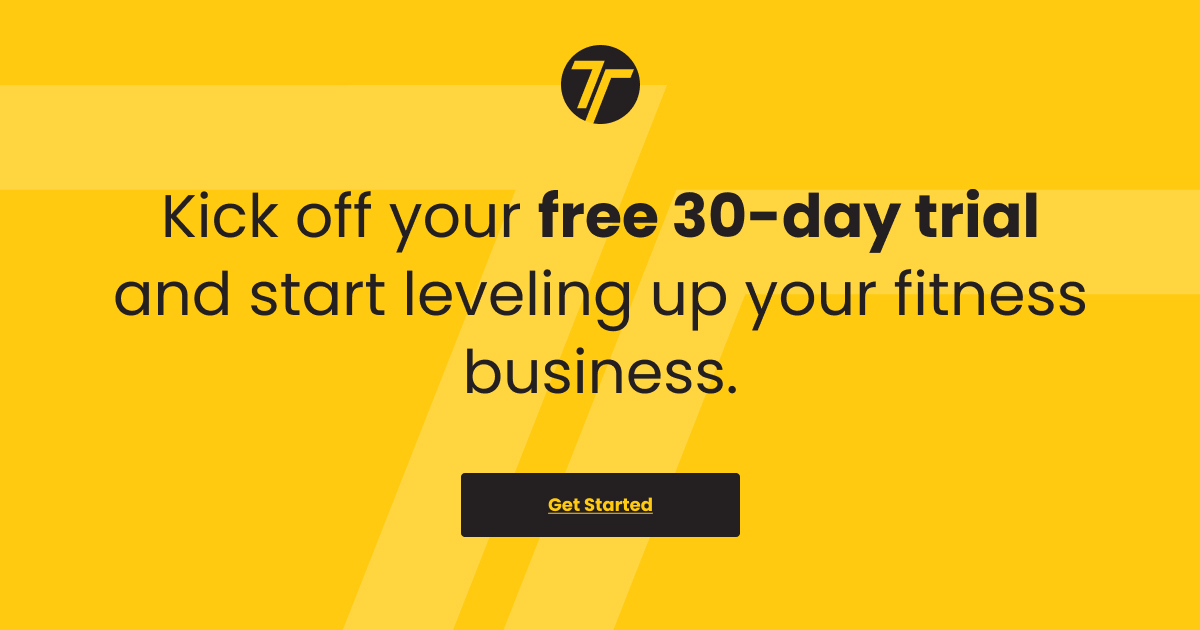
You already change lives with your coaching. And, now it’s time to turn your expertise into thriving online courses. So that you’re able to build a business that scales without burning you out.
So, get ready to learn how to sell online courses that let you help more people, create more freedom, and unlock new income streams. All while staying true to your mission.
Ready to get started? Let’s dive into exactly how to do it (and do it well).
Step #1: Define Your Niche and Your Ideal Client
First, the riches are in the niches. And, before you build anything, you’ll want to get laser-focused on:
- Who you serve
- What specific transformation you deliver, and
- Why they should choose you
Quick exercise:
Now, the clearer your niche, the easier it is to sell your course. Why? Because people don’t buy “coaching,” they buy specific outcomes that solve their real-life problems.
And, that’s why this simple formula is about to become your best friend:
“I help [specific type of person] achieve [specific goal] without [common frustration].”
📝 Check Out: Online Courses for Personal Trainers
Let’s break it down:
- Specific type of person: First, determine who exactly are you helping? (e.g., new moms, desk-bound professionals, college athletes, adults over 50)
- Define your goal: Next, define the results they want? (e.g., lose 10 pounds, gain strength, reduce inflammation, eat healthier)
- Common frustration: Finally, establish what usually gets in their way? (e.g., lack of time, motivation, structure, or confidence)
Here are a few examples to inspire you:
- Example 1: “I help busy moms build strength and feel confident in their bodies without spending hours at the gym.”
- Example 2: “I help office workers improve posture and reduce back pain without expensive equipment.”
- Example 3: “I help beginner athletes fuel their workouts with simple, sustainable nutrition without fad diets or calorie counting.”
Once you know who you’re helping, what they want, and what’s blocking them, you’re able to build a course that speaks directly to them. And that’s what sells.
TZ Tip: Build customized programs inside ABC Trainerize for different client needs. Next, phen package them into your first online course when you’re ready to scale.
Step #2: Build a Course That Clients Actually Finish
Anyone can start a course. But, your job? To help clients finish it and get real results. And, that’s how you build loyalty, drive referrals, and boost your brand reputation.
So, here’s our top tips on how to design a winning course:
- First, break it into small, focused modules (5–15 minutes each)
- Next, deliver quick wins early to build momentum
- Then, use a mix of media (videos, downloadable templates, checklists)
- Finally, add optional community elements (ABC Trainerize group chats, leaderboards)
Here’s a sample course outline to get you started:
- Welcome & Goal Setting
- Core Training Fundamentals
- Nutrition Basics with Smart Meal Planning
- Habit Building for Lasting Change
- Maintaining Results Long-Term
TZ Tip: Use built-in Habit Tracking and Smart Meal Plans to enhance your course without needing extra software.
Step #3: Create Powerful, Easy-to-Consume Content
Next, it’s important to focus on transformation, rather than exclusively on information.
So, when recording videos or writing guides keep these tips in mind:
- First, speak to one person (make it personal, not preachy)
- Next, keep videos concise and action-focused
- Then, use real-world examples (demo exercises, show progress tracking)
- Finally, encourage interaction (reflection questions, progress shares)
You don’t need Hollywood production value. Instead, you need authenticity, clarity, and energy. So, be sure to shoot content that feels like you’re coaching a friend. Your clients will love it, we promise.
TZ Tip: ABC Trainerize lets you deliver video coaching, program downloads, and habit streaks all in one place, making your course feel seamless.
📝 Check Out: The Importance of Recurring Revenue for Fitness Professionals
Step #4: Launch and Market Like a Pro
You can create the best course in the world — but if nobody sees it, it won’t sell!
That’s why you need a launch plan.
Here’s a sample breakdown:
Pre-launch (2–4 weeks out):
- First, start building hype on social media
- Next, share sneak peeks behind-the-scenes
- Then, create a waitlist for early sign-ups
Launch week:
- Step 1: go big on Instagram, Facebook, email blasts, and in-app announcements
- Step 2: offer a special early-bird discount
- Step 3: host a live webinar or Q&A to boost urgency
Post launch:
- Share client wins and progress
- Create new entry points (like a mini-course or free guide) to keep new leads coming in
- Upsell clients into your higher-tier coaching offers
TZ Tip: Use Trainerize Messaging to send course announcements directly inside the app, boosting engagement and enrollment.
Step #5: Price Your Course to Reflect the Value You Deliver
Next, you’re not just selling workouts. You’re selling a transformation, a result, and a better quality of life.
So, when setting your price:
- First, base it on the outcome, not the number of videos
- Next, think about client lifetime value (a course can lead to coaching upsells!)
- Finally, offer payment plans for higher-ticket courses
Common Pricing Examples:
- Starter course: $99–$199
- Signature course: $299–$599
- Premium offer with coaching support: $999+
TZ Tip: Set up automated payment links and course delivery through ABC Trainerize for a smooth client experience from Day 1.
📝 Free Resource: The Ultimate Pricing Guide for Personal Trainers
Step #6: Deliver an Unforgettable Client Experience
Next, getting a client to buy once is great. But, turning them into a lifelong fan? That’s the real win.
So, focus on:
- Personalized welcome messages
- Regular check-ins (automated or manual)
- Celebrating milestones (50% complete? Shout it out!)
- Rewarding loyalty with bonuses or discounts
TZ Tip: Use Progress Photos, Habit Streaks, and Push Notifications to help clients stay on track, stay motivated, and finish strong.
5 Mistakes to Avoid When Selling Online Courses
Finally save yourself some stress — watch out for these common pitfalls:
Mistake #1: Overcomplicating the tech
(Keep it simple and streamlined. ABC Trainerize has you covered.)
First, it’s easy to get lost in a rabbit hole of tools, landing pages, email platforms, video hosting, and endless integrations. But honestly? Most coaches just need a clean system that works — not a Frankenstein tech stack. ABC Trainerize keeps everything in one place so you can focus on serving your clients, not fixing broken links.
Mistake #2: Making courses too long
(Better to deliver a big win in 30 days than lose them at Week 2.)
Next, you don’t need to cram every ounce of your knowledge into one course. Long doesn’t mean better — it often just means overwhelming. Focus on a specific outcome and help your clients get results fast. A short, punchy course that transforms lives will always win over a drawn-out one they never finish.
Mistake #3: Underpricing out of fear
(You deliver real transformation. Own it.)
Charging too little won’t make your course more appealing — it just makes people question the value. Therefore, price based on the transformation you provide, not your insecurities. If your course helps someone feel stronger, more confident, or finally take control of their health? That’s priceless — and you should charge accordingly.
Mistake #4: Skipping the pre-launch hype
(Audience-building is part of the sales process.)
Next, no one buys a course they’ve never heard of. If you only talk about it on launch day, you’re already behind. So, start planting the idea weeks in advance. Share behind-the-scenes prep, early wins from beta clients, or teaser tips related to the course topic. Warm leads convert way better than cold ones.
Mistake #5: Forgetting to gather testimonials
(Happy clients = future sales.)
Finally, your current clients are your best marketing team. But, only if you ask them. So, after someone finishes your course, send a short feedback form, ask for a video testimonial, or grab a screenshot of their results. Social proof is powerful, and showcasing real people getting real results builds trust faster than any sales copy.
Want Step-by-Step Help Building Your Online Course?
You don’t have to figure it all out alone. Inside ABC Trainerize Academy, you’ll get access to:
- Complete training modules on course creation
- Business certifications to boost your credibility
- Templates, tools, and real-world strategies to help you launch like a pro
Join ABC Trainerize Academy today and learn how to sell online courses and start turning your expertise into an unstoppable online business!

